“Listen to them: children of the night. What music they make!”
|
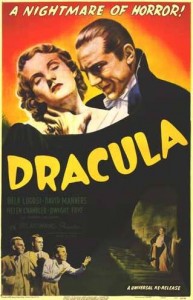
Synopsis:
A lawyer (Dwight Frye) travels to Transylvania to meet with the vampire Count Dracula (Bela Lugosi), who promptly bites him, then moves to England to pursue other victims; but with Van Helsing (Edward Van Sloan) on his trail, Dracula’s days are numbered.
|
|
Genres, Themes, Actors, and Directors:
- Bela Lugosi Films
- Horror
- Tod Browning Films
- Vampires
Response to Peary’s Review:
Peary argues that while this “horror classic was once considered terrifying”, it’s now “often appreciated solely for its camp value” by movie fans who “regard it with tremendous affection”. There’s some truth to the latter part of this statement (Dracula is beloved by most horror fans simply for its pivotal role in cinematic history), but I’m not sure I agree that its “camp value” remains its primary allure — though there’s certainly some fun to be had in Dwight Frye’s loopily over-the-top performance as the bug-eating Renfield. Also arguably of camp value is Lugosi’s oft-imitated central performance as Dracula — though Peary generously argues that Browning’s “close-ups of Lugosi’s heavily rouged face and those wide, aggressive eyes are genuinely frightening”, and posits that while “Lugosi is no great actor… he is a great Dracula”. Peary accurately points out that director “Tod Browning’s direction is too stagey” — perhaps in part because the screenplay was based on a theatrical adaptation rather than Bram Stoker’s original novel — but notes that “cinematographer Karl Freund” (who purportedly directed numerous scenes) “manages to give [the] film some haunting atmosphere, particularly in the [early] Transylvania scenes” (which remain the most chilling moments in the movie). While undeniably creaky at times (it feels longer than its 75 minutes), this one is ultimately too historically important for film fanatics to miss.
Redeeming Qualities and Moments:
- Bela Lugosi’s highly influential performance as Dracula
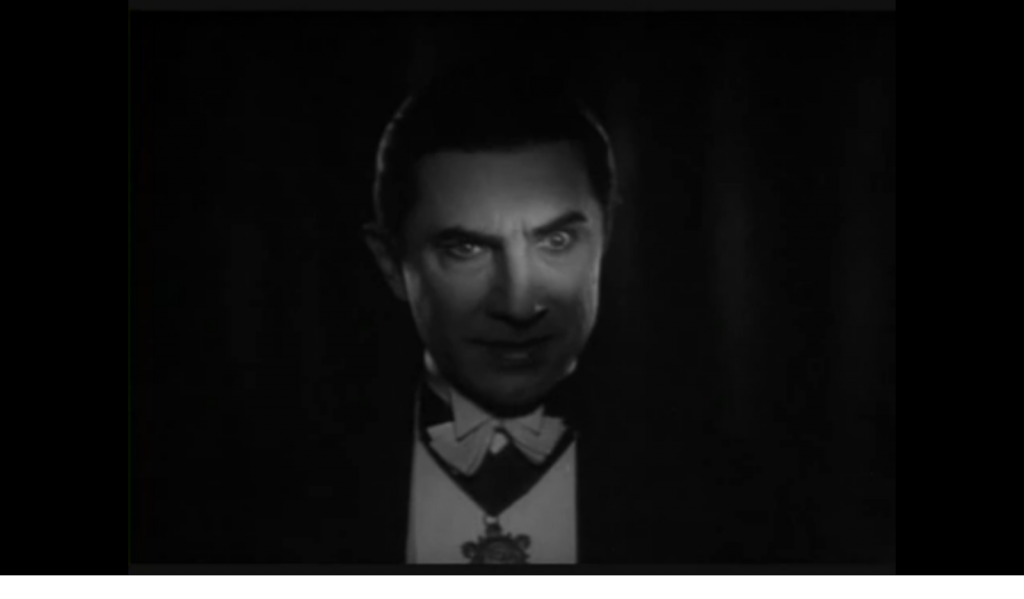
- Dwight Frye’s campily mad portrayal as Renfield
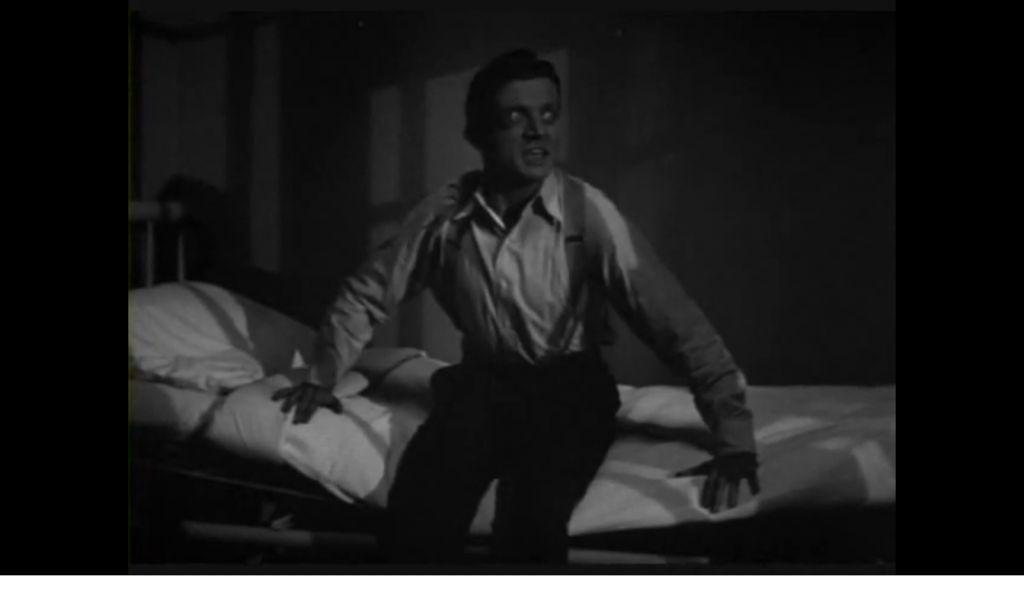
- Magnificently baroque sets

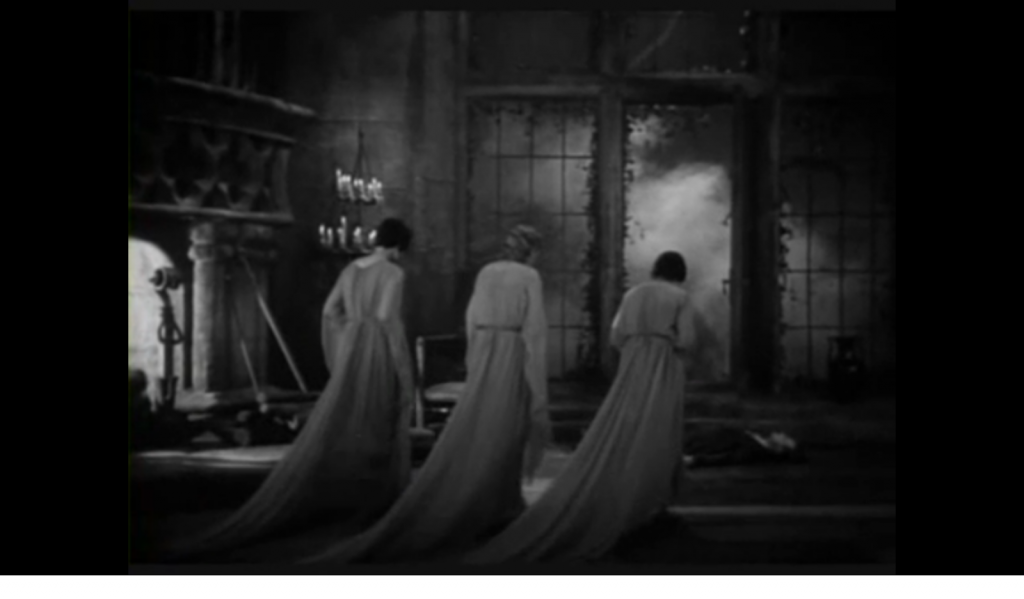
- Karl Freund’s atmospheric cinematography
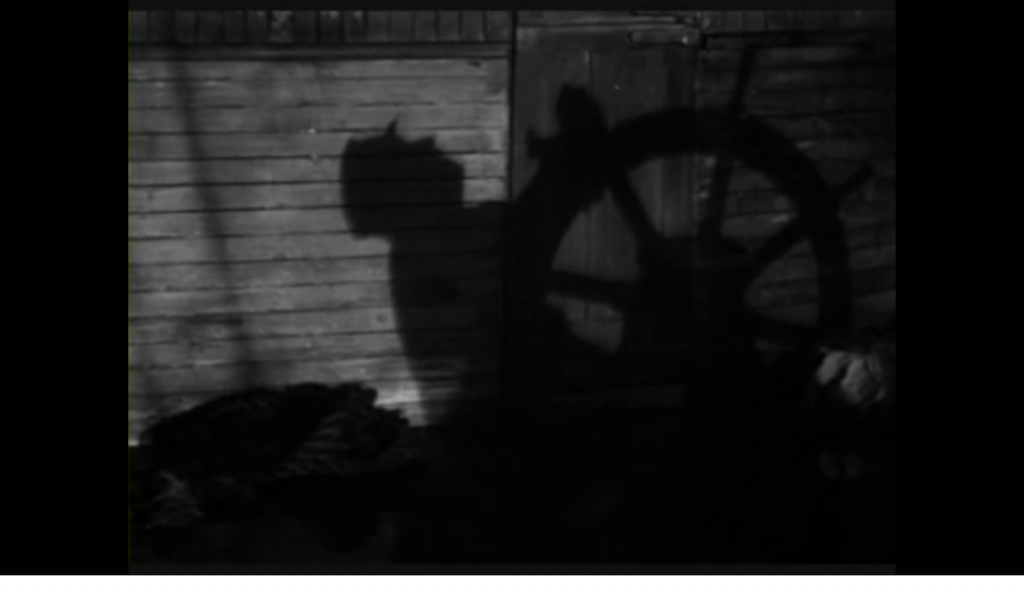
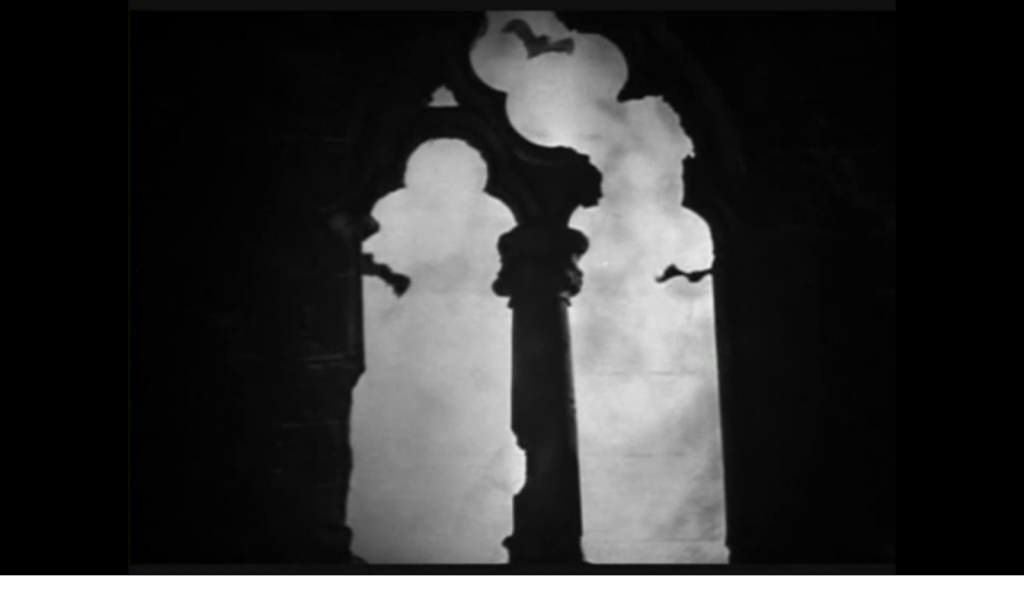
Must See?
Yes, as a flawed but historically relevant classic of horror cinema.
Categories
- Genuine Classic
- Historically Relevant
- Noteworthy Performance(s)
(Listed in 1001 Movies You Must See Before You Die)
Links:
|







3 thoughts on “Dracula (1931)”
I Like Bela Lugosi’s Performance As Count Dracula
A no-brainer must, for reasons that need no explanation, really. No serious film fanatic can go without seeing ‘Dracula’.
But here we go again with Peary’s mis-use of ‘camp’. Having just rewatched it, I really don’t see how the average film viewer would be thrown into unintended hysterics. Todd Browning made a highly stylized film. My guess is that only viewers who lean toward being immature in general would experience the film otherwise.
Oh, sure, the Renfield character is over the top…when he turns insane. He does, in certain moments, suddenly seem like a character out of ‘Reefer Madness’. But those are only intermittent moments – Renfield is too complex a character to be reduced to camp.
I think the film holds up remarkably well. I don’t think it’s creaky, nor do I think it’s overly faithful (visually) to its roots as a play. Part of my enjoyment (this time) may have come from the fact that I watched it with the somewhat-recent film score by Philip Glass – which gives the film a welcome, added thrust.
The Glass score is on the disc-set which contains not only a number of films in the Dracula series but also the Spanish version – made by a different director. (Browning filmed during the day; the Spanish cast then came in and worked on the same sets through the nights.) This alternate version is a real eye-opener in some ways because, although the film is not all that different, it is not an attempt to mimic Browning. Certain lines are changed; certain moments are dropped; to a degree, the director had his own vision of what he wanted. (The Spanish actor playing Dracula – though not as good as Lugosi – is given a much more chilling main entrance, for example.)
The DVD also has a fascinating back story extra which explains the history of ‘Dracula’ from novel to stage play to film. It’s revealed that: 1) ‘Dracula’ was intended to have a large budget but the Depression caused the studio to scale back considerably (which, I think, actually helps the film); 2) Browning was a silent film director not all that comfortable with a sound film. As a result, ‘Dracula’ has a bit of the feel of a silent. As well, many theaters in the US were, at the time, not equipped for sound film, so a silent version of ‘Dracula’ was also prepared.
In short, there are many historical reasons why ‘Dracula’ was and remains a strong piece of cinema history. It’s unfortunate that, according to Lugosi, the role of Dracula was “a blessing and a curse” – since it largely dictated the rest of Lugosi’s career. But there is no other film quite like the original ‘Dracula’.
Sidebar: I played the role of Van Helsing in a college production. My only real memory of it, though, is the one performance that seemed ‘cursed’ – that night, *every* special effect went wrong: the French doors did not fly open (so a group of us turned in ‘horror’ to face the doors, which were still closed); lights came up before a hand touched the light switch; something thrown towards the mirror to break it instead bounced off the side of the mirror so it did not break; there was way too much dry ice used for the coffin – so I could not even see Dracula asleep in it to put the stake in his heart…and the people in the first few rows were covered in ‘fog’…etc. Ah, college theater. Good, good times! 😉
⭐️⭐️⭐️ out of ⭐️⭐️⭐️⭐️⭐️
An historically significant film for introducing the wonderful Lugosi as one of the definitive (if not *the* definitive) Count Draculas. It’s got some great atmosphere and cinematography but is just too slow and enervated … and it only runs 74 minutes.
Amazingly, this film’s companion piece, the Spanish language version shot at night on the same sets, directed by George Melford and starring Carlos Villarias runs 103 minutes but moves much faster and is all round a much better film (⭐️⭐️⭐️⭐️ out of ⭐️⭐️⭐️⭐️⭐️).